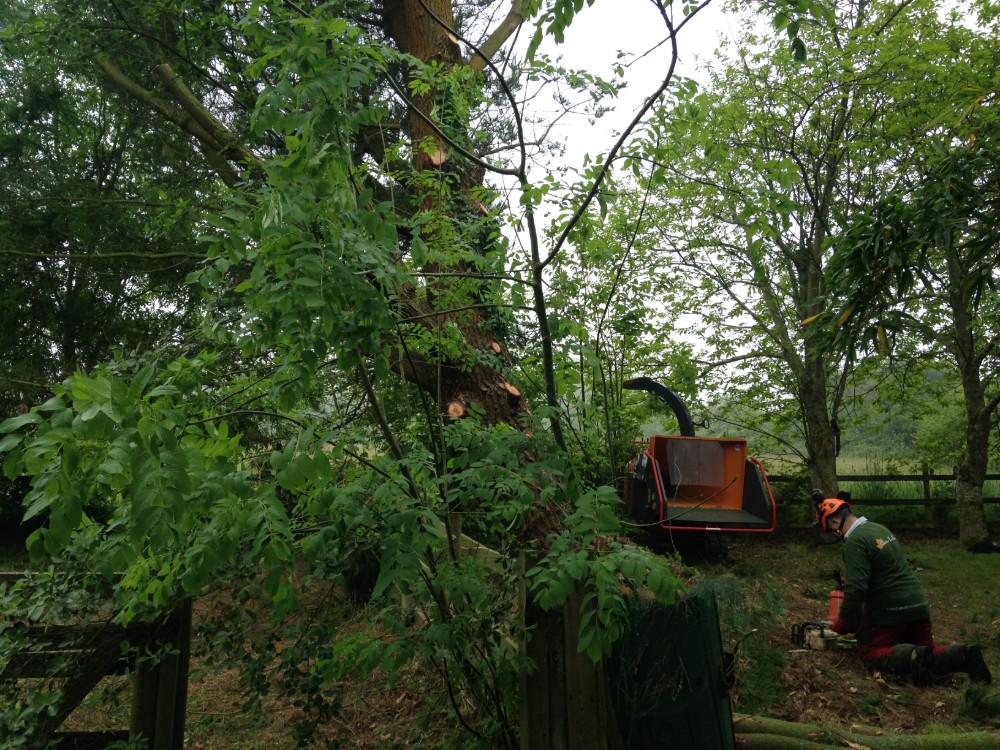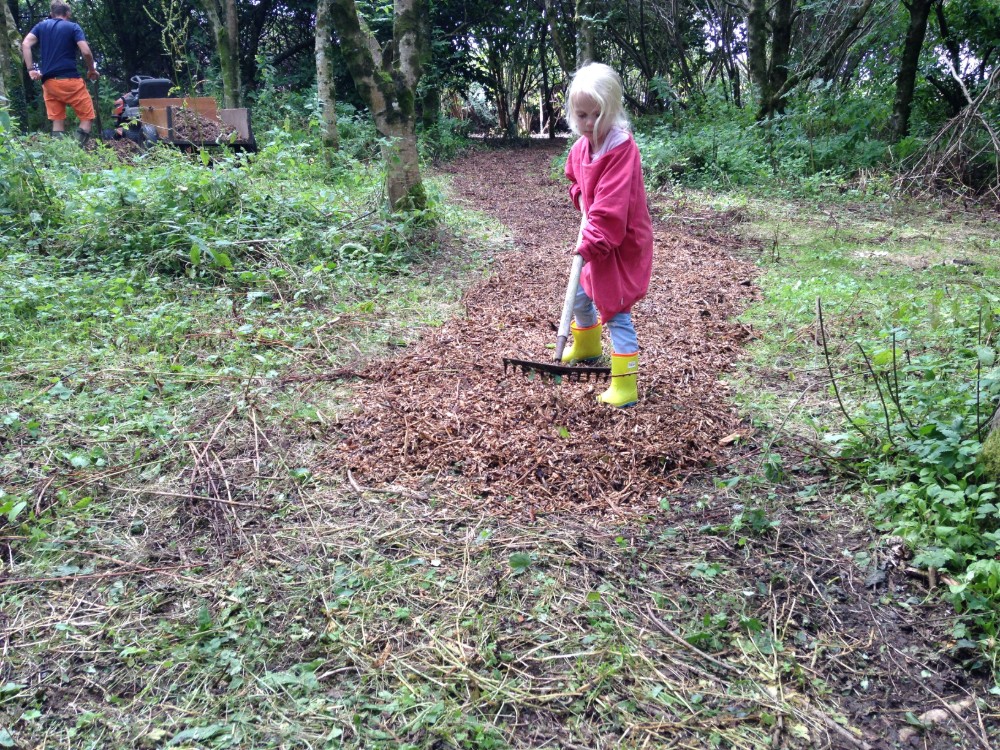We’re so lucky to have an abundance of trees on the farm. There’s an acre of coppice and plenty of trees scattered though out hedgerow and garden. However, having never owned so many trees before, I quickly realised how little I actually knew about them.
Having grown up in rural Cornwall, with parents who always encouraged me to observe the nature that surrounded me, I knew the basics. I could tell an ash from an oak, a horse chestnut from sweet. But it wasn’t until we had aborists visit to help us manage the trees did I appreciate how clueless I was.
Did you know that some varieties of trees when coppiced (cut to the ground) will re-sprout and grow a whole new tree, but some varieties of tree will never regenerate? Some trees send up suckers to create whole new trees in the blink of an eye. They can become invasive and a pest. Other trees need space and decades to grow more than a few feet. I knew none of this, or if I had, it never really mattered. But now, with a woodland to manage, it’s become essential to know what trees we have, how they behave and how we need to manage them.


Before Christmas I stumbled across a fantastic book published in 1916 called ‘Trees & How They Grow’ by G. Clarke Nuttall. Despite being over one hundred years old, it detailed the botany and folklore of all the trees throughout our 6 acres. It inspired me to start a journal of all the trees we have, not only for my own reference but also for the children to learn about the trees they play amongst. I wanted to make simple notes for each tree – how to recognise them, how they like to grow, and when coppiced – if the tree will regenerate. It’s also important to note how to store and burn the wood as some wood makes terrible firewood, and good firewood must be seasoned correctly to get it to burn efficiently.
I’m amazed at the variety of the trees we have in our small patch of Cornwall. Oak, beech, rowan, alder, elm, ash, hazel, elder, horse and sweet chestnut, sycamore, aspen, holly, plum, apple, maple, hawthorn, willows, birch, larch, Scotts pine and more all reside on the farm. They’ve needed quite a bit of love and attention since we became custodians of the farm almost two years ago. However, with the help of the experts we’re finally on track for managing the woodland and trees to encourage wildlife, provide firewood and create a beautiful setting.


great post. I love to learn any and all about trees. https://noelliesplace.com/2017/10/03/let-the-trees-speak/
LikeLike